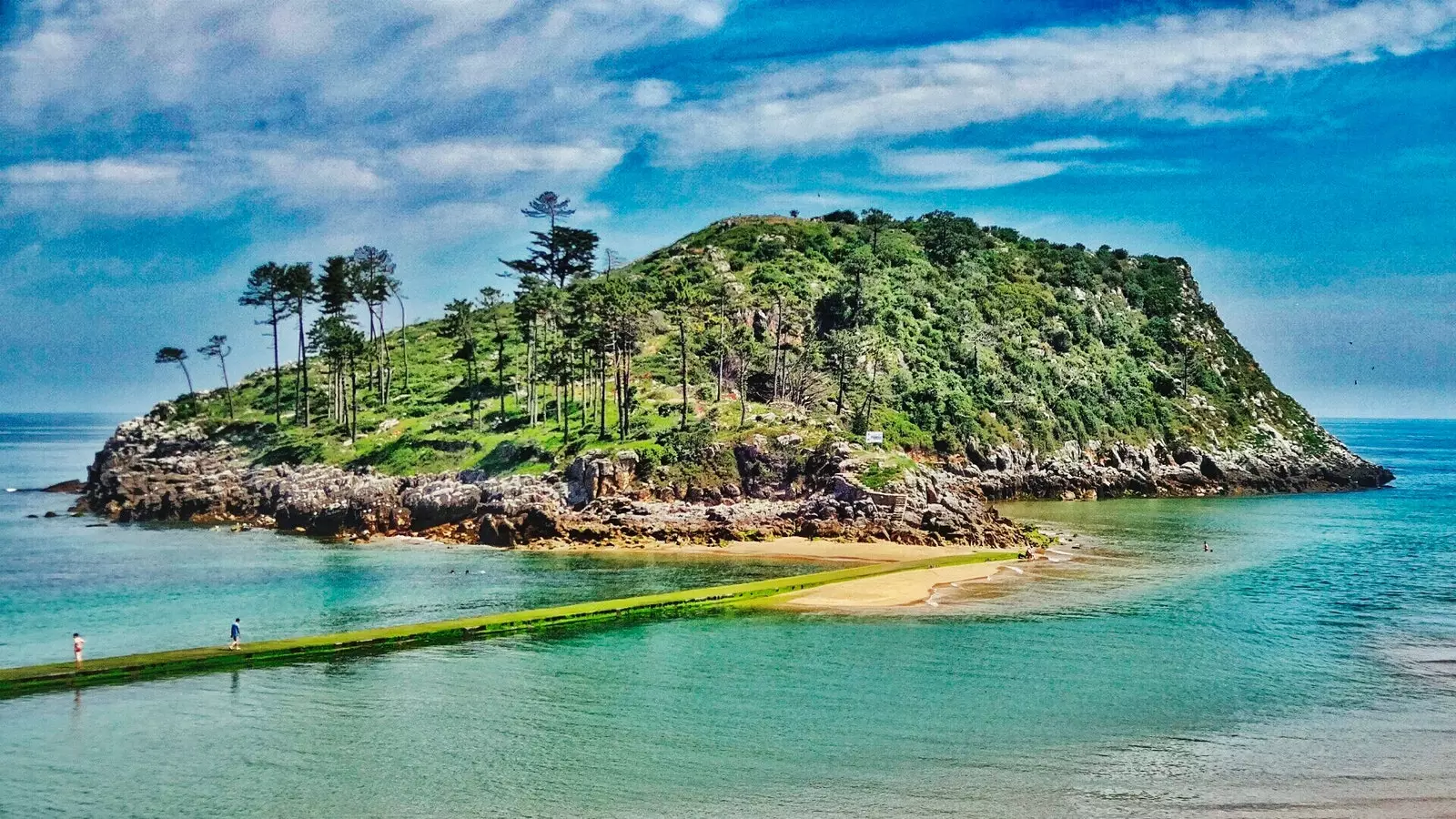
They call it the 'Basque Koh Tao'. Can you imagine why?
Saving the distances -in kilometers and in what is evident- and putting a point of traveling poetry we could say that this island halfway between Bilbao and San Sebastian is something like the Koh Tao Basque . Just like in the Thai Koh Nang Yuan (or in the French Saint-Michel, you don't have to go that far either) here the right of admission is held by the sea : It is only possible to access on foot when the tide goes out and decides that we are welcome.
The waters here may not be turquoise -no need- but an intense and deep blue, that the beach disappears with the rising sea and that the moss devours the walkway that connects the island with the town but it is precisely that charm, that authenticity and that magic those who irremediably fall in love and at first sight Lekeitio.
WHERE IS IT?
The "noble and loyal village" of Lekeitio, in Biscay , has a privileged location next to the mouth of the river Lea, but also a capricious relationship with the sea.
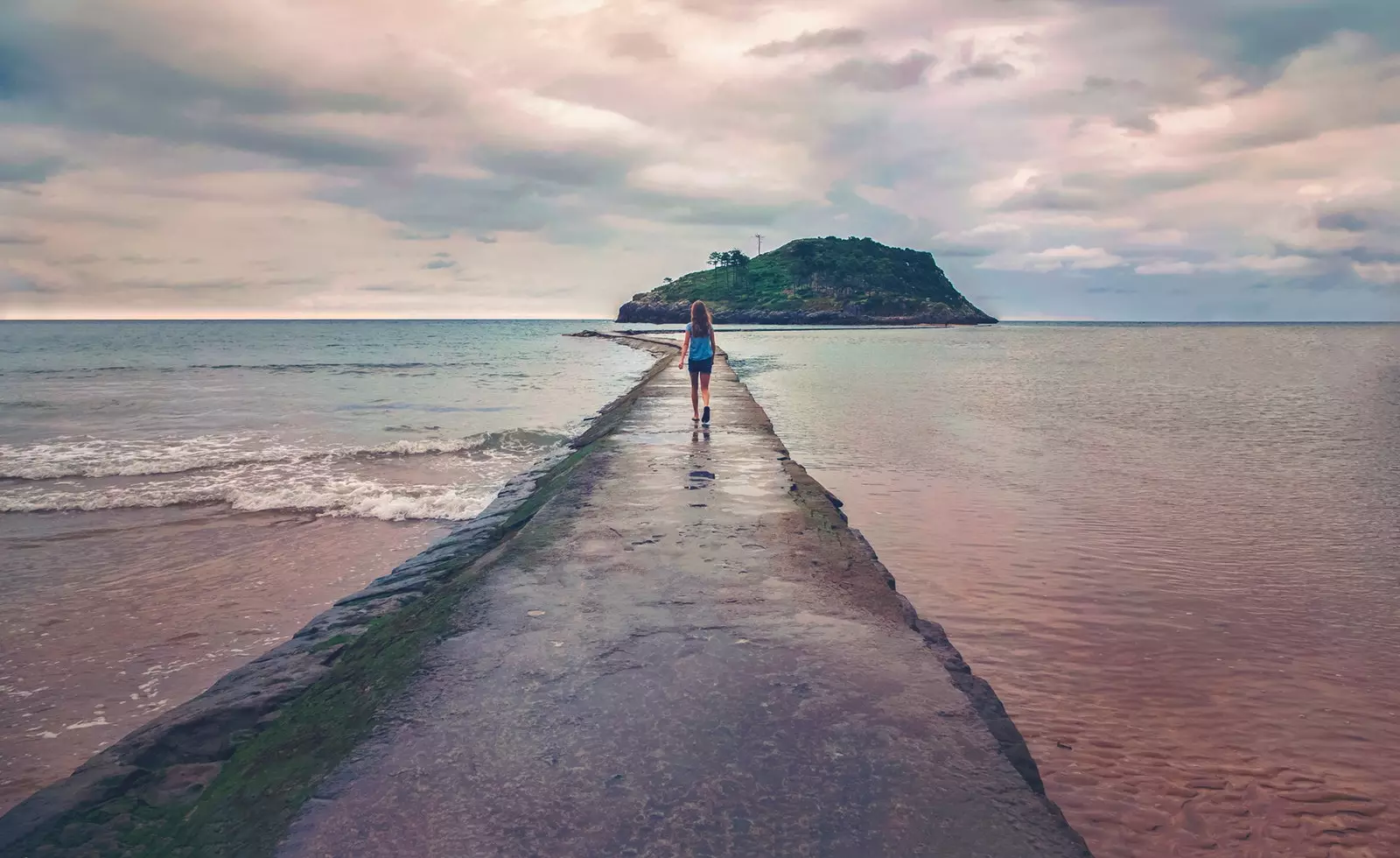
At low tide it is easier
As the tide rises or falls, its landscape changes in a fascinating way: a beach appears and disappears as if by magic , and every time the sea imposes itself, a piece of land covered with trees becomes an islet.
In front of the fishing port is the **island of San Nicolás (also called Garraitz)**, a silent guardian of all the boats that enter and leave, and one of the reasons why Lekeitio is so special: it can only be accessed to her on foot when the sea allows it, the Cantabrian decides whether to let the traveler in and out.
Access has a schedule, but also a trick. You can cross from isuntza beach , (the main one, with very calm waters), through a stone jetty devoured by moss, so the crossing requires a little attention. The other option is wait patiently for low tide at Karraspio beach (the largest) and create by walking directly on the sand.
Once the island (now uninhabited) is conquered, the plan is to climb to the top and enjoy the views from your vantage point . Perhaps the whales that made this town and its fishermen famous back in the 17th century are no longer sighted, but you will find one of the most impressive and least known postcards of the Basque coast.
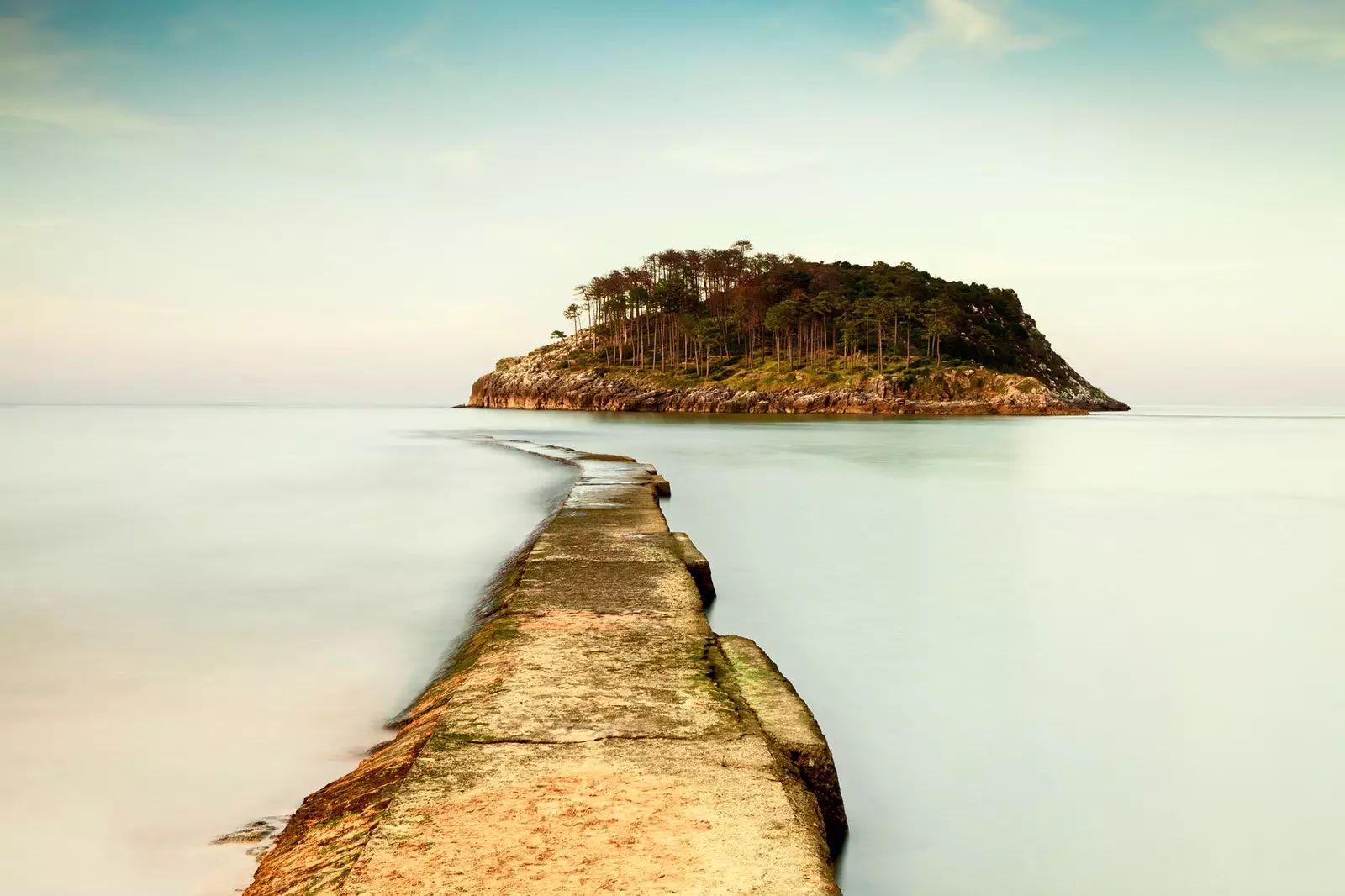
Garraitz, in the background
THE PHENOMENON
The part-time island character is something that should not be taken lightly. Here the sea and the moon rule but usually we find two high tides and two low tides every 24 hours. When the Bay of Biscay rises, it erases all its arms with solid ground: the boardwalk disappears and the sand path is lost.
We insist: when you visit this magical island, really, you should memorize the time of the tides of the day (you can check it here). There is no mistake more typical of a foreigner in Lekeitio than carelessly crossing Garraitz and having to swim back . In summer fine, but in other seasons…
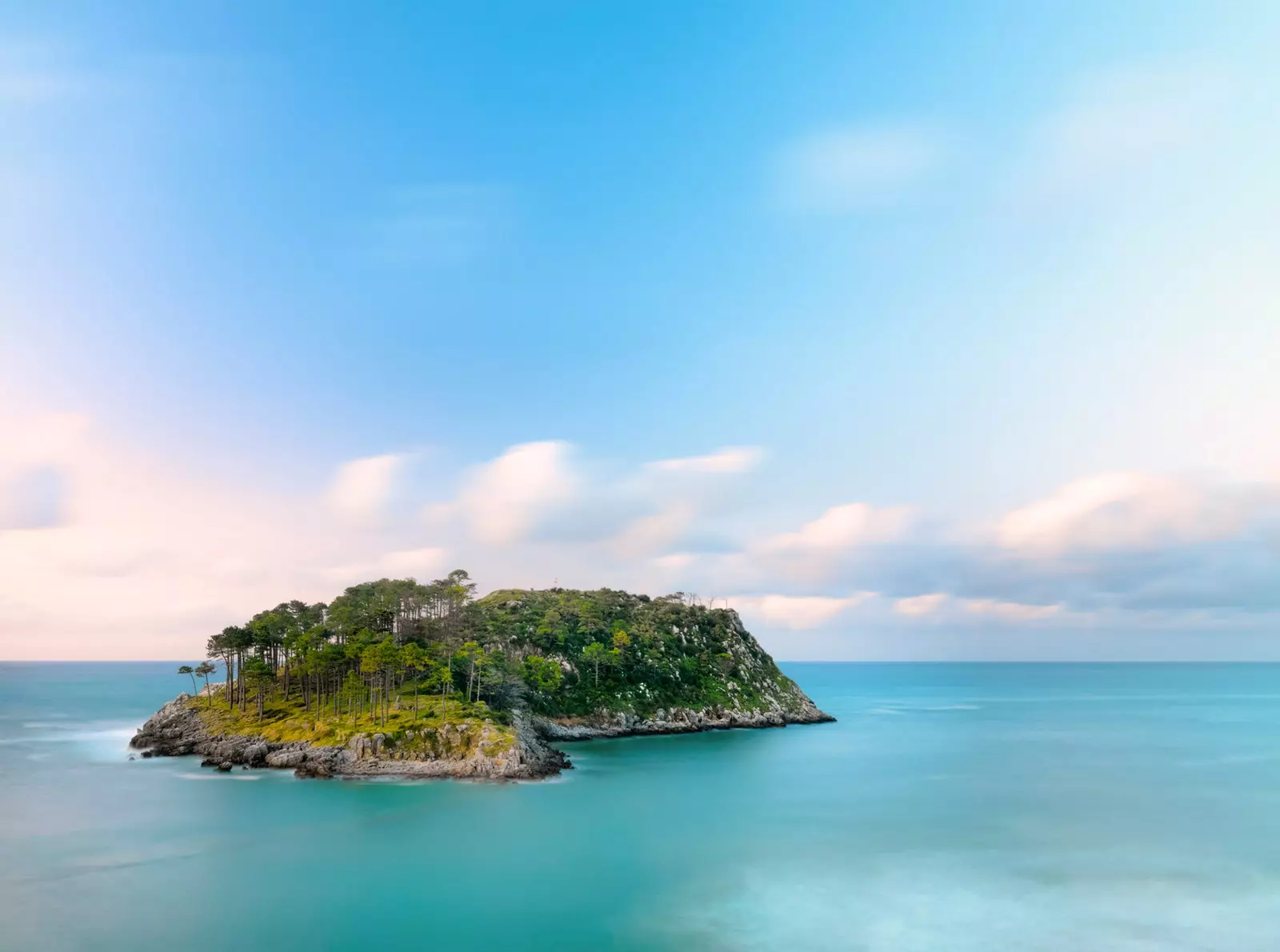
The magical island of San Nicolás, in Lekeitio, which can only be entered (and exited) when the tide goes out
WHAT TO DO ON SAN NICOLÁS ISLAND
With a size of 250 meters long and a height of 48 meters at its peak the island is now uninhabited and appears wild. There are no cars or buildings they only live here pines and seagulls who enjoy a plan that today we would call slow-life : observe the sky, the sea and the town.
When the tide goes out, a small beach is discovered where you can swim, sunbathe or enjoy a squid sandwich bought in the port. It is highly recommended to also do the small trekking to the viewpoint and, if the tide allows it, enjoy a magical sunset.
On the way to the top you will meet traces of other times , since this atoll It also keeps multiple stories and legends that have left their trace. To the south of the island are the remains of the old hermitage that was built in the 16th century. It is said that leprosy patients were sent here to keep them away from the population and, already in the 12th century the Franciscan friars settled for four decades.
In the upper part of the island is the memory of a walled fortress from which French soldiers controlled the horizon at the time of the War of Independence. Lekeitio is very proud of its island so art exhibitions by local artists and cultural activities are often organized throughout the summer.
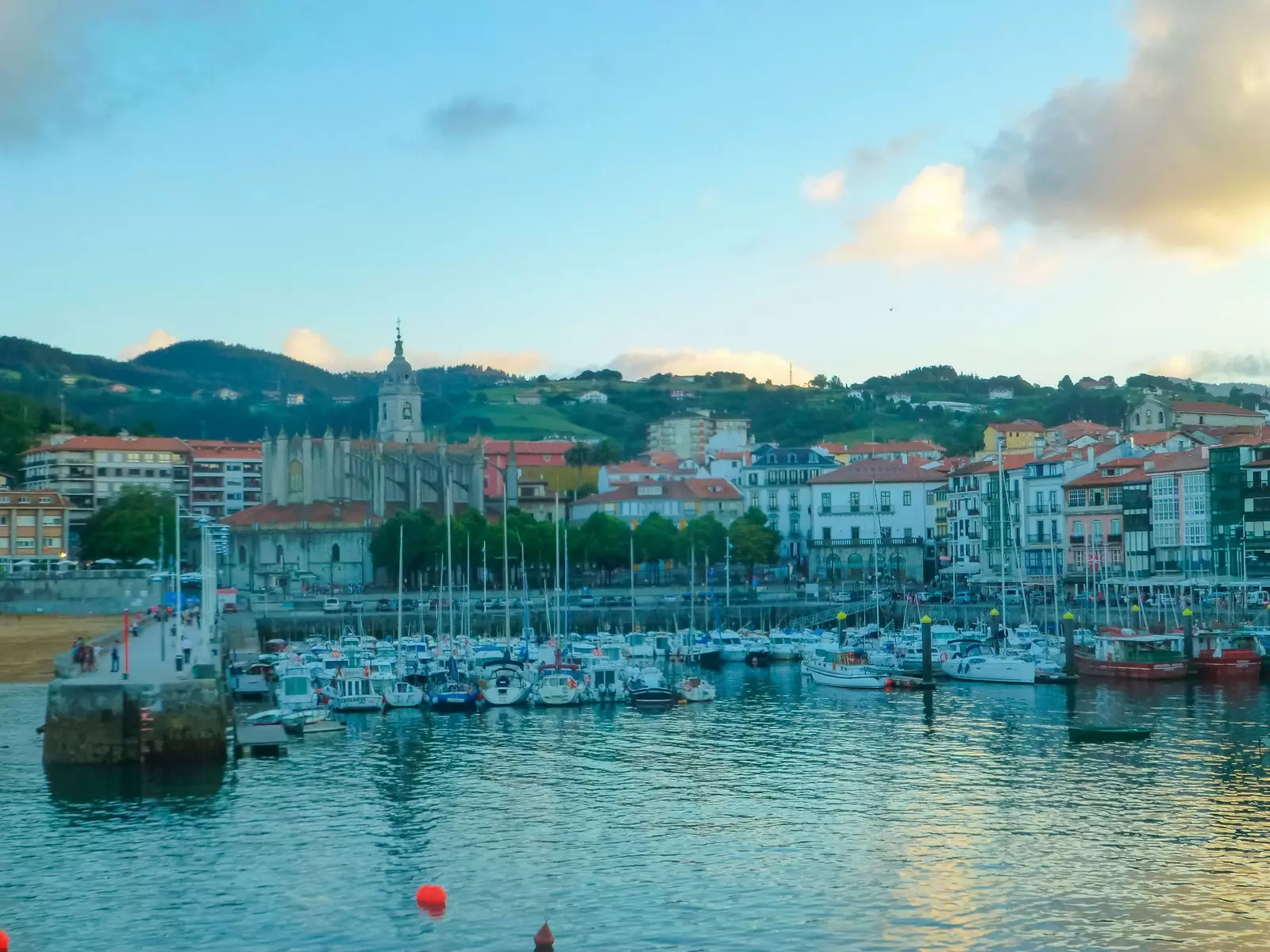
The port of Lekeitio
Once the sun has set, the plan continues around the port. Eat, drink and return from the island are the three verbs that articulate a perfect day in this town of 7,000 inhabitants.
Here, as in the rest of the Basque Country, gastronomy is religion and when you return from San Nicolás it is almost mandatory to take a walk through the colorful port, packed with bars. we propose three sweet and essential stops for all good txikitero (the Basque art of going from bar to bar):
1. Taste a portion of squid rings (battered squid rings) on the terrace of the Marina Bar (Txatxo Kaia, 1), located in the same port. They are the specialty of the house and are only served on weekends and holidays.
two. Salivate with a pintxo of fresh grilled foie gras, a portion of txipis or a superb cod omelette sandwich in the Tavern Lumentza (Buenaventura Zapirain, 3) .
3. Sit down to have a turbot to remember in the Egana Restaurant _ (Former Mistress, 2) _. Or a grilled hake, a baked monkfish, a fish soup...
Conclusion: from the island to the bars of the port, the plan for a day in Lekeitio is a sum of tranquility, good food and impressive views. It is only necessary that the sea offers the invitation to the traveler.
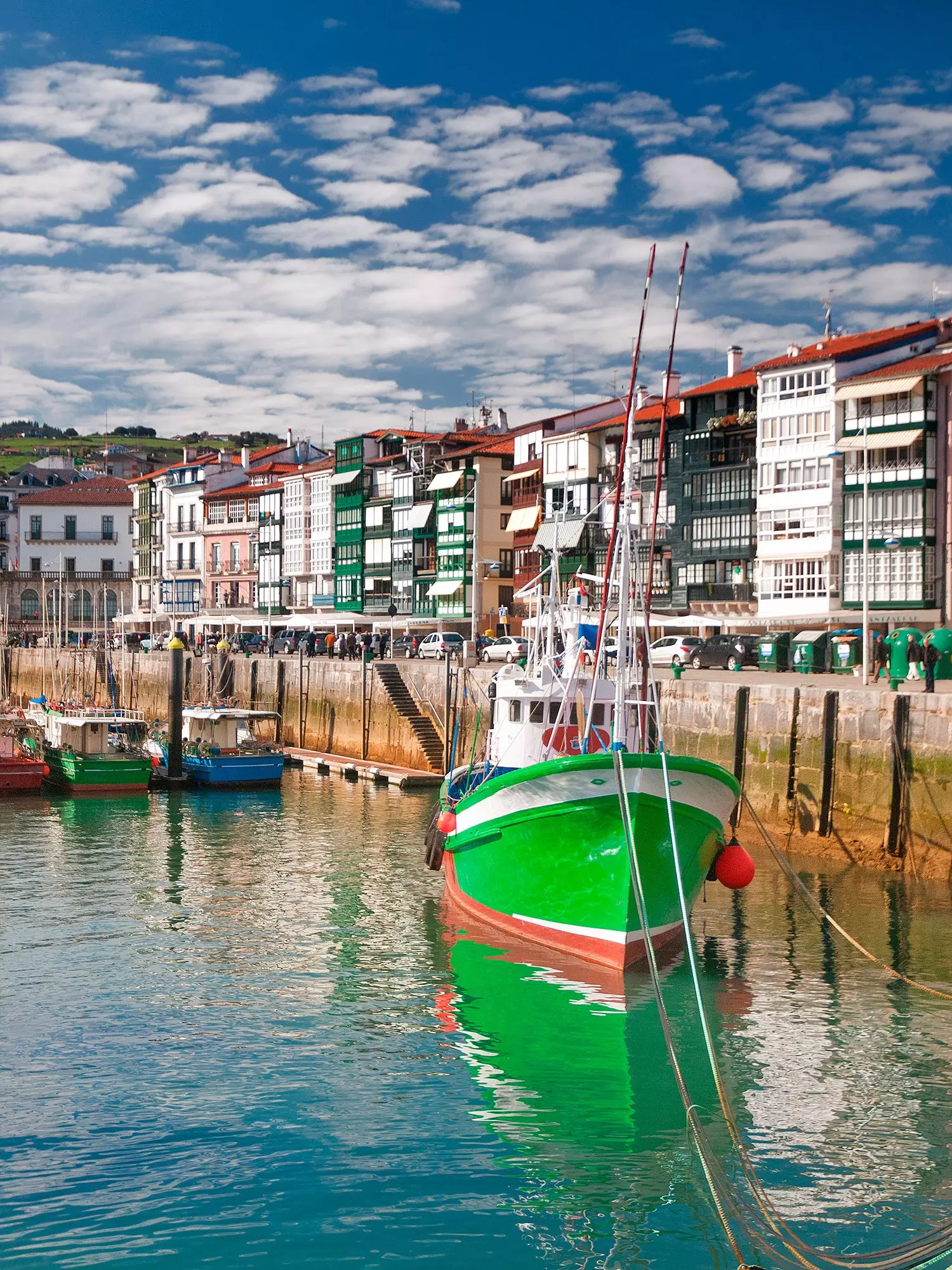
The port of Lekeitio
